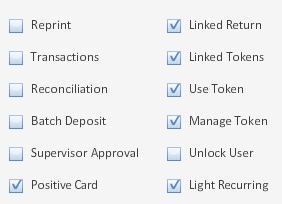Compliance with credit card processing rules maximizes profits while mitigating risk. This is especially true for business to business companies. But it’s getting harder and harder with the onslaught of new rules, and virtually impossible if not using a sophisticated cloud solution to help manage compliance.
If your B2B company stores credit cards, there’s a pretty good chance you’re not compliant. For example, Visa’s 2017 Stored Credential Transaction framework outlines merchant responsibilities to obtain customer consent as well as storing credit cards, using stored credentials (token), and managing stored tokens. Failure to comply with Authorization rules, for example preauthorization and final settlement do not match, has far-reaching consequences including higher interchange rates (the bulk of credit card processing fees), penalty fees and new chargeback risks. With so many new rules across multiple card brands that vary based on business and transaction type how can a business quickly ascertain if they’re compliant?
Most processing details occur seamlessly behind the scenes so merchants have not had a simple way of knowing whether they’re compliant. Until now.
Quick tips to validate compliance:
- Is a transaction receipt delivered to customer when a stored credit card credential (token) is created? Compliant answer is yes.
- Is cardholder authentication with a zero dollar authorization or a purchase transaction performed at the time token is created? (A small charge is not an acceptable practice.) Compliant answer is yes.
- Does the receipt include “RECURRING” or “REPEAT SALE” for token transactions? Compliant answer is yes.
- Review merchant statements, usually the last 1-2 pages with the heading “pending interchange” or “fees” section. Do you see EIRF, STANDARD (STD), or DATA RATE I? Compliant answer is no.
- Can you produce documentation of customer consent to store their card (including with 3rd party service) and how it will be used?
If you’re not in compliance, your payment gateway is the most likely culprit, followed by ERP or other software integration limitation. For a Microsoft Dynamics AX, Dynamics 365, and other ERP integrated solutions, call 954-942-0483 9-5 ET.
Reference: Card brand links.
Christine Speedy, CenPOS Sales 954-942-0483. CenPOS is a cloud business solutions provider with end-to-end payments engine that drives enterprise-class solutions for businesses, saving them time and money, while improving their customer engagement.



